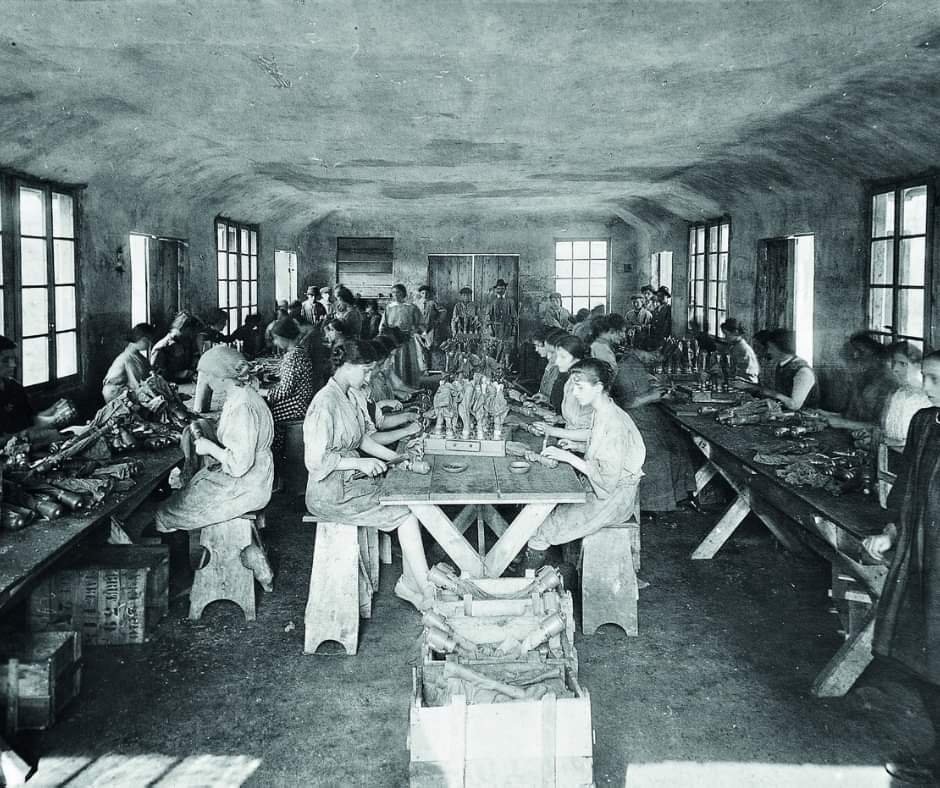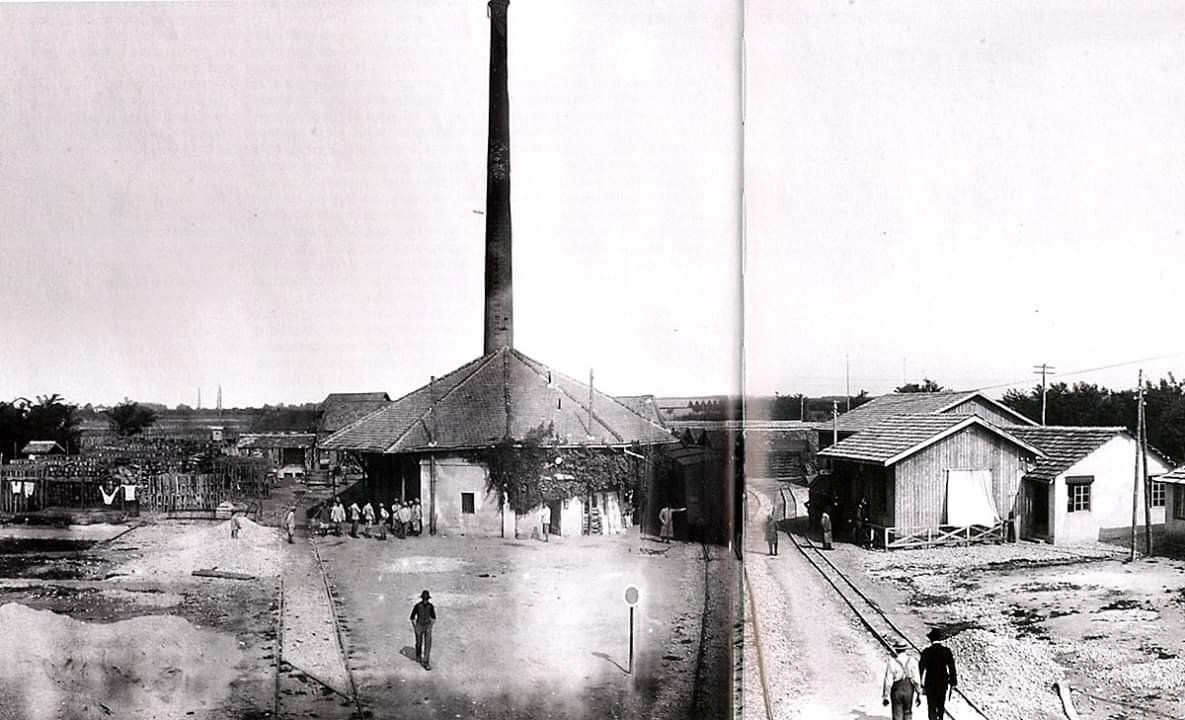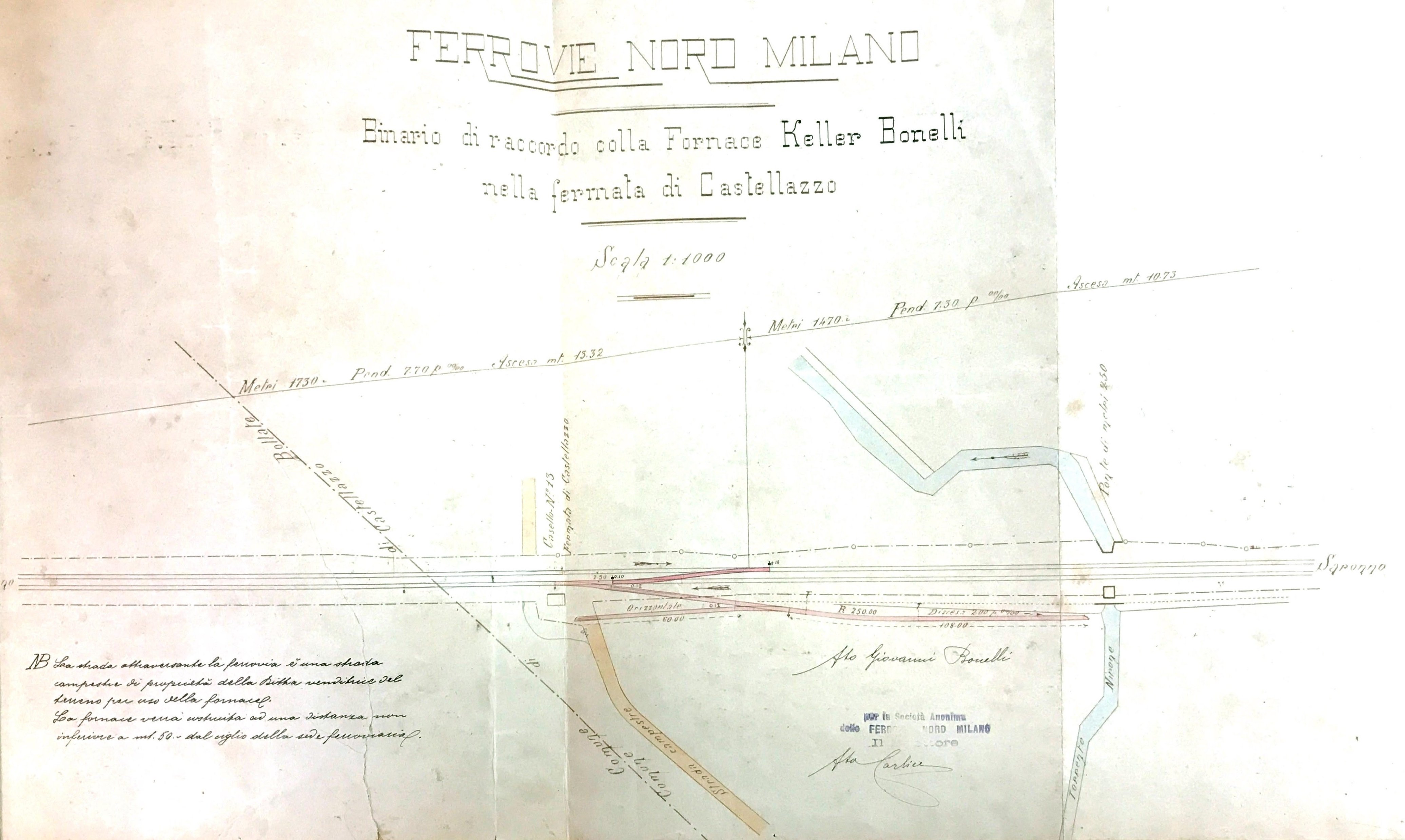
Keller Castellazzo
The intensity and duration of the war dictated the creation of systems for the production of war material in order to meet the ever-growing need. For the supply of bombs and grenades for the infantry engaged at the front, the Italian Army turned to Swiss company Sutter, which, under licence to French firm F Thèvenot, established a production site at Castellazzo di Bollate, a facility which was the site of a tragic event during the First World War.
This location was chosen due to its distance from any towns, the surrounding vegetation which allowed its activity to be concealed, and above all, its proximity to both the Milan - Saronno railway line and the Ceriano Laghetto military depot. The Sutter and Thèvenot firm began operation on 6 November 1916 at Fornace Bonelli in Castellazzo. On 8 June 1917, the mayor granted an additional extension of the buildings to make a total of 40. Women made up a large part of the necessary labour force which numbered over 400 workers. At the end of the war, the factory was dismantled, partly on request of the municipal council which, as stated in the records of early 1919, urged the mayor to “press the relevant authorities to completely remove the explosives factory as soon as possible”.

Gallery

Plan of the siding as an appendix to the agreement: the track is on the right-hand side in the direction of Saronno